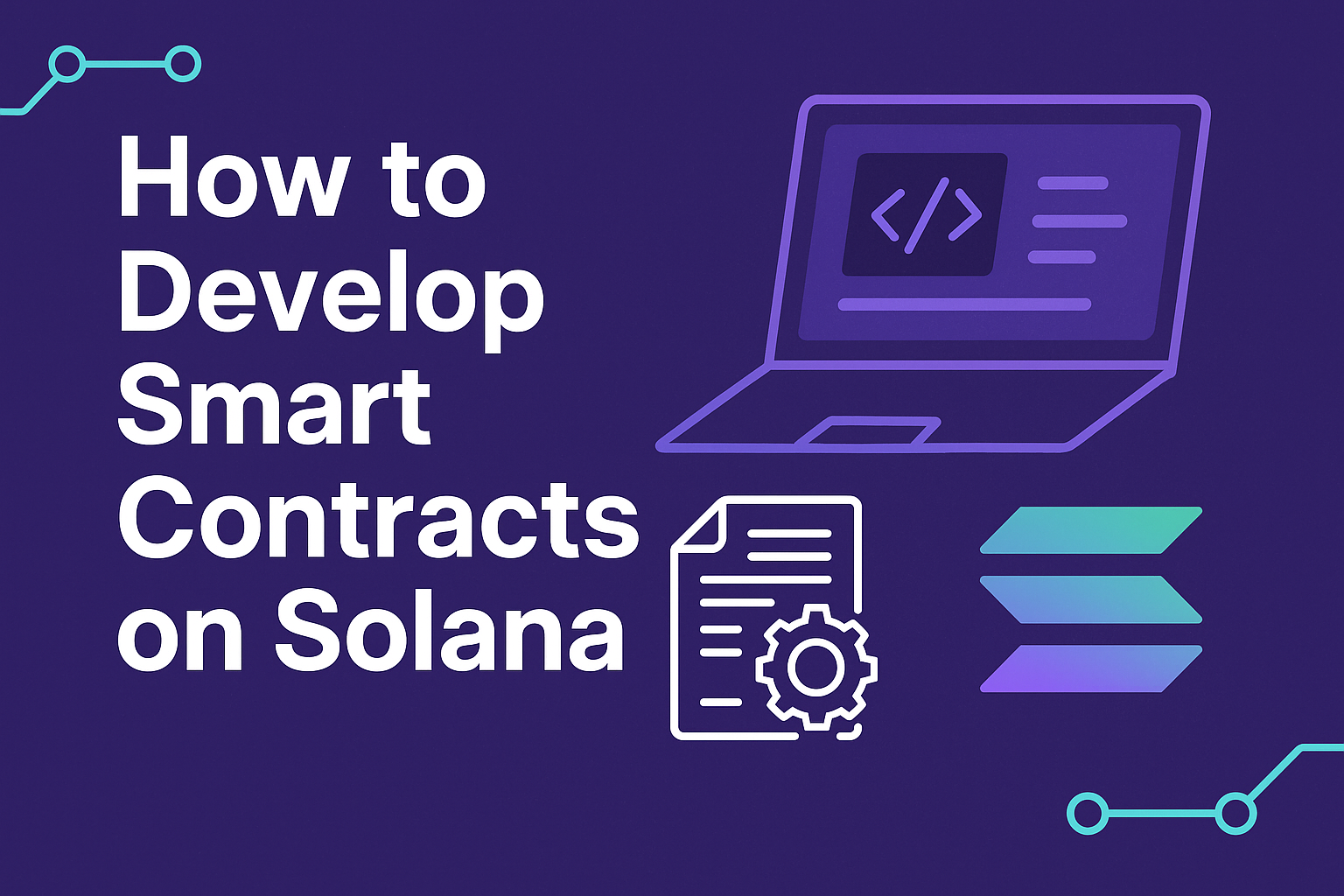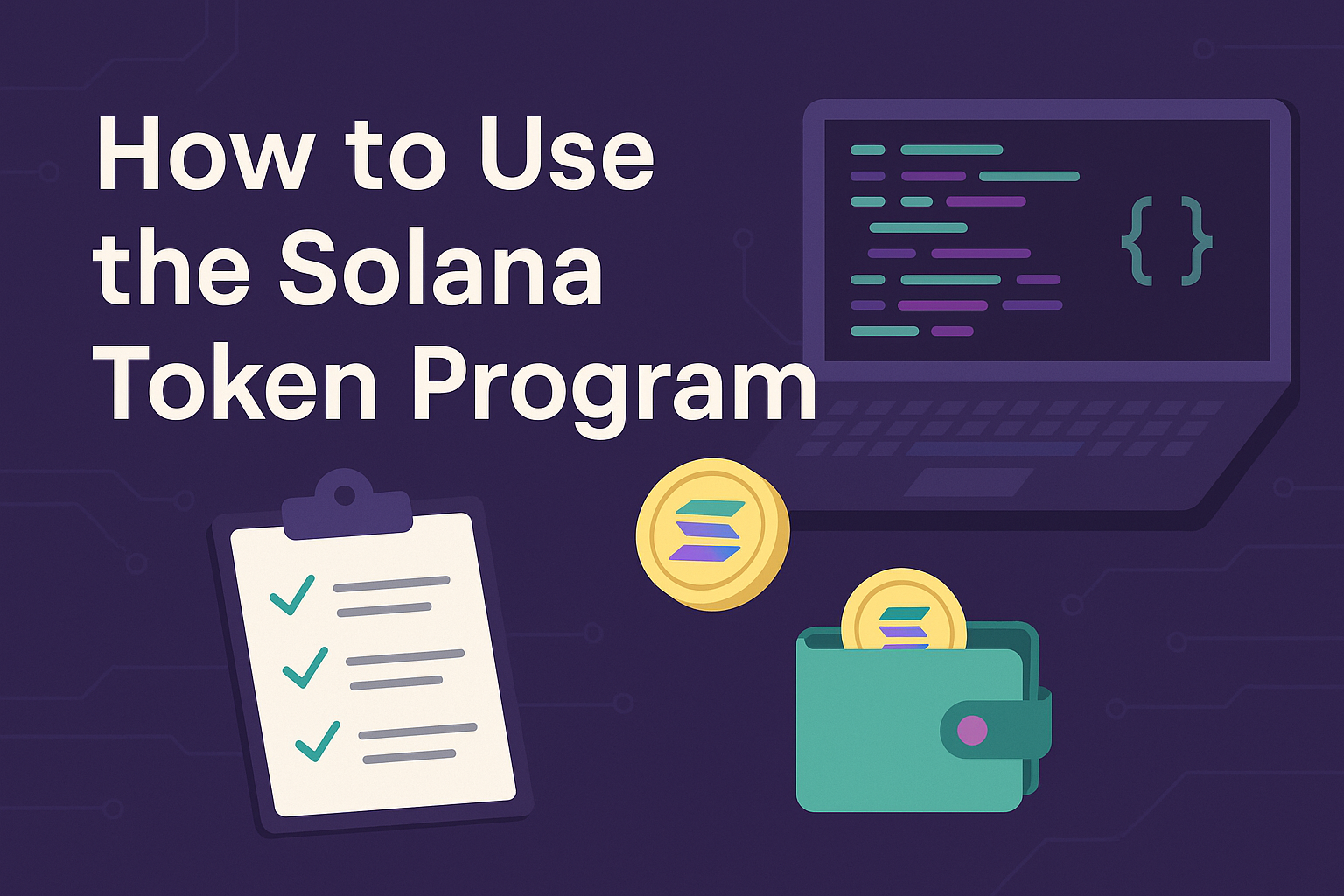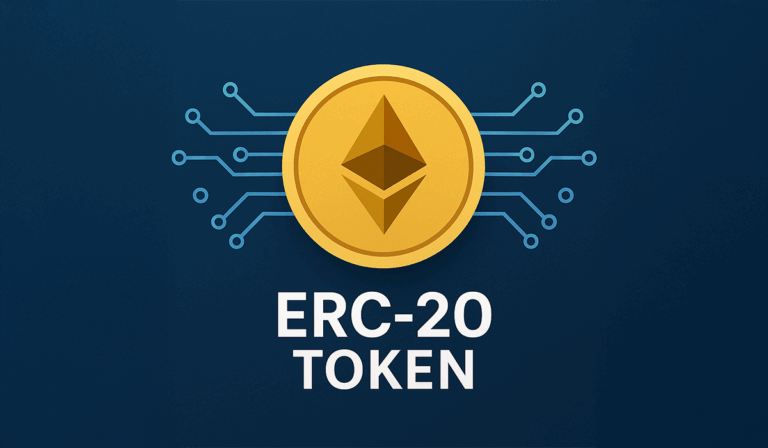Fast Development with the Anchor Framework
Table of Contents
Fast Development with the Anchor Framework
The Solana blockchain has become one of the most dynamic ecosystems in Web3, known for its speed, low fees, and thriving community of developers building everything from decentralized finance (DeFi) protocols to NFT marketplaces and gaming platforms. But as powerful as Solana is under the hood, writing smart contracts (or programs in Solana terminology) directly in Rust can be daunting.
That’s where Anchor, Solana’s most widely used development framework, comes in. Anchor dramatically reduces the boilerplate required to write programs, introduces intuitive macros for security and validation, and provides a developer experience comparable to modern web frameworks. For teams looking to ship faster, safer, and more scalable decentralized apps on Solana, Anchor is often the tool of choice.
In this article, we’ll explore how Anchor accelerates development on the Solana blockchain, breaking down its core concepts, technical details, and real-world use cases. By the end, you’ll see why Anchor is often compared to what Rails did for web development—making Solana accessible to a much broader audience of builders.
Why Anchor Matters in the Solana Ecosystem
Building directly on Solana requires working with low-level details like account serialization, instruction data parsing, and manual error handling. While this flexibility is powerful, it also introduces steep complexity. Developers new to Solana often struggle with:
- Managing account data layouts.
- Writing boilerplate for validation and deserialization.
- Maintaining security guarantees when dealing with multiple accounts.
Anchor addresses these challenges with a domain-specific framework that abstracts away repetitive patterns while still leveraging Rust’s strong type system. The result: safer programs with less code, and a development experience that feels modern and familiar.
In other words, Anchor doesn’t reinvent Solana—it makes Solana development more approachable without compromising performance.
Core Concepts of the Anchor Framework
1. Declarative Account Validation
One of Anchor’s most powerful features is account validation via macros. Instead of manually checking whether an account is owned by the right program or whether a signer is present, developers can declare these constraints in a structured way.
#[derive(Accounts)]
pub struct Deposit<'info> {
#[account(mut, has_one = owner)]
pub vault: Account<'info, Vault>,
pub owner: Signer<'info>,
}
Here, the #[account(...)] macro enforces rules automatically:
- The
vaultaccount must be mutable. - It must have an
ownerfield that matches theownersigner.
Without Anchor, a developer would need 10–15 lines of boilerplate Rust just to enforce these checks. With Anchor, it’s reduced to a single declarative line—both clearer and safer.
2. Automatic Serialization and Deserialization
Solana programs interact with accounts by reading and writing raw bytes. In pure Rust, this requires carefully serializing and deserializing structs, often using frameworks like Borsh. Anchor integrates serialization seamlessly, allowing developers to define data structures as Rust types with almost no extra effort.
#[account]
pub struct Vault {
pub owner: Pubkey,
pub balance: u64,
}
Anchor automatically generates serialization code for the Vault struct. This saves time, prevents bugs, and ensures consistent data formats across clients and programs.
3. Program Derivation and Security
A recurring theme in Solana development is Program Derived Addresses (PDAs)—special addresses generated deterministically by programs. PDAs are critical for ensuring predictable account ownership and avoiding private key management on-chain.
Anchor simplifies PDA creation with syntax like:
#[account(
seeds = [b"vault", owner.key().as_ref()],
bump
)]
pub vault: Account<'info, Vault>,
Instead of manually deriving and validating PDAs, Anchor ensures accounts match the specified seeds and bumps. This eliminates entire classes of common errors in Solana programs.
4. Error Handling and Safety
Error management is crucial in blockchain development, where a small mistake can lead to lost funds. Anchor introduces a clean system for defining custom errors:
#[error_code]
pub enum VaultError {
#[msg("Insufficient balance.")]
InsufficientBalance,
}
Instead of manually crafting error codes, Anchor maps descriptive error enums into the Solana runtime. This makes debugging and user feedback far more intuitive.
The Development Workflow with Anchor
1. Program Development
Developers start by writing Rust code using Anchor’s macros. This includes defining instructions, account structures, and error handling.
2. Anchor CLI
The Anchor CLI handles program building, deployment, and testing. Commands like anchor build, anchor deploy, and anchor test streamline the development cycle, much like npm or cargo in traditional workflows.
3. TypeScript Client Generation
One of Anchor’s underrated features is its automatic IDL (Interface Definition Language) generation. When you build a program, Anchor creates a JSON description of its API. From this, it generates TypeScript clients so front-end developers can interact with the program without manually writing serialization logic.
This dramatically shortens the distance between back-end Solana logic and front-end dApps.
Real-World Applications of Anchor
DeFi Protocols
Many of Solana’s most popular DeFi platforms—such as lending protocols, decentralized exchanges, and staking services—use Anchor for their core logic. The declarative constraints and PDA management reduce risk in high-value financial applications.
NFT Marketplaces
Anchor simplifies metadata handling and PDA-based ownership structures, making it ideal for NFT minting and marketplaces. A common pattern is using PDAs to store metadata accounts linked to mint authorities, all handled securely by Anchor’s macros.
Gaming and On-Chain Assets
In Solana gaming projects, Anchor helps developers manage player accounts, item inventories, and reward vaults with less risk of bugs. The serialization features make it easy to map Rust game logic into front-end interfaces.
Case Example: A small gaming studio used Anchor to build a play-to-earn mini-game where users deposit SOL into a vault and earn rewards based on performance. Without Anchor, managing vault ownership, balances, and withdrawals would have required hundreds of lines of manual checks. With Anchor, the team shipped their first prototype in under three weeks.
Recent Developments and Ecosystem Trends
As of 2025, the Solana ecosystem continues to expand rapidly, with daily active addresses at record highs and DeFi total value locked (TVL) climbing again after market stabilization. Anchor has kept pace, with recent upgrades improving compatibility with Solana’s latest runtime changes and better support for cross-program invocations (CPIs).
Additionally, tools like Seahorse, a Python-based framework that compiles down to Anchor, have emerged—showing just how central Anchor has become to the broader Solana developer stack.
Getting Started with Anchor
For developers ready to dive in, here’s the recommended path:
- Install the Solana CLI and Rust.
- Install Anchor via Cargo (
cargo install --git https://github.com/coral-xyz/anchor anchor-cli --locked). - Scaffold a new project with
anchor init. - Explore the generated files, noting how programs and tests are structured.
- Build, deploy, and test locally with
anchor test.
Anchor’s documentation, combined with an active community on Discord and Twitter (X), ensures newcomers rarely have to struggle alone.
Conclusion: Building Faster, Safer, Smarter on Solana
The Solana blockchain offers unmatched performance for decentralized apps, but its low-level programming model can be intimidating. Anchor bridges that gap by abstracting away repetitive tasks while preserving the full power of Rust and Solana’s runtime.
From declarative account validation to automatic client generation, Anchor accelerates the journey from idea to production-ready app. It has become the default framework for serious teams in the Solana ecosystem, empowering developers to build DeFi protocols, NFT platforms, and Web3 games at startup speed without compromising on security.
If you’re exploring decentralized apps on Solana, Anchor is not just an option—it’s the starting point.
👉 Have you tried Anchor yet, or are you still writing raw Rust programs? Share your experiences—I’d love to hear how you’re building on Solana.



Totally agree with the Rails comparison. Our team built a DeFi prototype in weeks with Anchor—it would’ve taken months otherwise.
I’m learning Rust and Anchor looks like a lifesaver. The PDA example really helped me connect the dots.
This article explains Anchor better than anything else I’ve read. Makes Solana development feel a lot less intimidating.